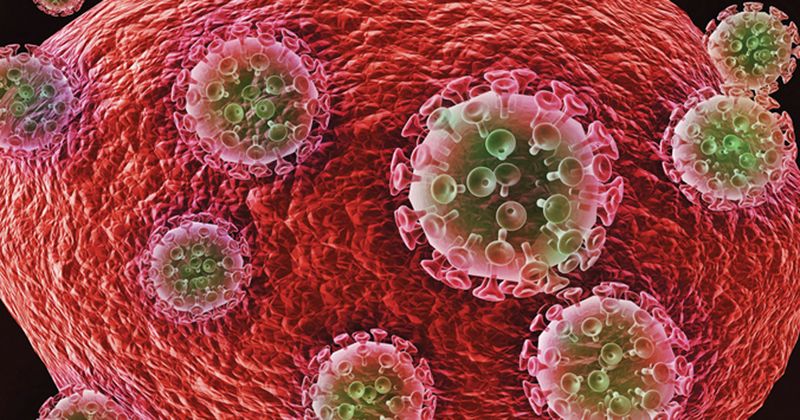Recent physical, sexual intimate partner violence associated with recent HIV acquisition
Click Here to Manage Email Alerts
Women who experienced physical or sexual intimate partner violence, or both, in the past year were more likely to acquire HIV and less likely to be virally suppressed, according to a study published in The Lancet HIV.
“Intimate partner violence (IPV) often co-occurs with HIV. It could increase women’s risk of getting HIV and disengaging from HIV treatment, if already living with the virus,” Salome Kuchukhidze, PhD candidate at McGill University’s department of epidemiology, biostatistics, and occupational health, told Healio. “Sub-Saharan Africa has among the world’s highest burden of IPV and HIV, but an examination of the impact of IPV on women’s risk of acquiring HIV and on their engagement in HIV treatment was yet to be conducted.”

Source: Adobe Stock.
Kuchukhidze and colleagues performed a retrospective pooled analysis of data from nationally representative, cross-sectional surveys that collected information on physical or sexual IPV and HIV testing among women in Sub-Saharan Africa between Jan. 1, 2000, and Dec 31, 2020.
According to the study, individual-level data on all female respondents who were currently or formerly married or cohabiting and aged 15 years or older were included. Once data were gathered, the researchers then used Poisson regression to estimate crude and adjusted prevalence ratios (PRs) for the association between past-year experience of physical or sexual IPV as the primary exposure and recent HIV infection as the primary outcome.
Overall, 57 surveys with data on self-reported HIV testing and past-year physical or sexual IPV were available from 30 countries, encompassing 280,259 ever-partnered women aged 15 to 64 years.
The data showed that 59,456 (21.2%) women had experienced physical or sexual IPV in the past year. The crude PR for recent HIV infection among women who had experienced physical or sexual IPV during the last year vs. those who had not was 3.51 (95% CI, 1.64-7.51), whereas the adjusted PR was 3.22 (95% CI, 1.51-6.85).
The researchers also found that past-year physical or sexual IPV had a minimal effect on self-reported HIV testing in the past year in crude analysis (PR = 0.97; 95% CI, 0.96-0.98) and adjusted analysis (adjusted PR = 0.99; 95% CI, 0.98-1.01), whereas results were inconclusive for the association of ART uptake with past-year IPV among women with HIV (crude PR = 0.90; 95% CI, 0.85–0.96, aPR = 0.96; 95% CI, 0.90-1.02).
According to the study, the researchers also determined that women living with HIV who had experienced physical or sexual IPV in the past year were less likely to achieve viral load suppression than those who had not experienced past-year IPV (crude PR = 0.85; 95% CI, 0.79-0.91, aPR = 0.91; 95% CI, 0.84-0.98).
“At clinical service delivery level, health-care provider training should include topics to allow women to safely disclose their experience of IPV. This could identify women who are more likely to disengage from HIV treatment,” Kuchukhidze said. “These women can then be linked to HIV services that address the district vulnerabilities of women who are experiencing IPV.”
Rachel Jewkes, MD, MSc, MBBS, executive scientist for the South African Medical Research Council, said in an accompanying commentary that the study “rightly highlights” that IPV must be eliminated as an HIV prevention strategy and to optimize treatment among women.
“Use of evidence-based IPV prevention programming can help to reduce women’s risk of HIV, and among women who are exposed to violence, providing mental health care and support to reduce emotional dysregulation and its impact on sexual practices at higher risk of HIV acquisition is also important,” Jewkes wrote. “Targeting mental health is a potentially important pathway for reducing the risk of poor ART adherence among those who are on treatment.”
She explained further that this strategy calls for an integration of improved mental health support within HIV treatment and care services. However, given the “substantial human resource constraints” within mental health care, innovation and research will be required to establish an effective use of interventions from mental health clinicians.
“Effectively addressing the effect of IPV exposure on women through trauma-informed mental health care is crucial for optimizing HIV prevention, care, and support,” Jewkes wrote.
